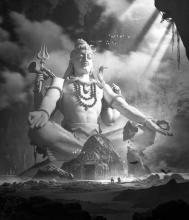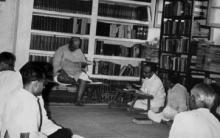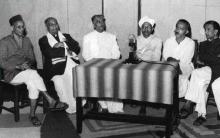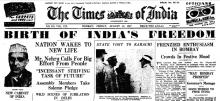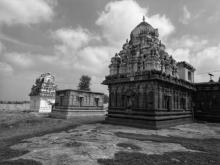Fruits of Scholarship
After a few weeks, that discourse was published in the magazine [Karnataka] . A person who was close to Murthy read that work and said: “Murthy the article that you wrote -- what do you call it -- Grotius -- It is atrocious? How do we understand it?”
This is the fruit of scholarship.



